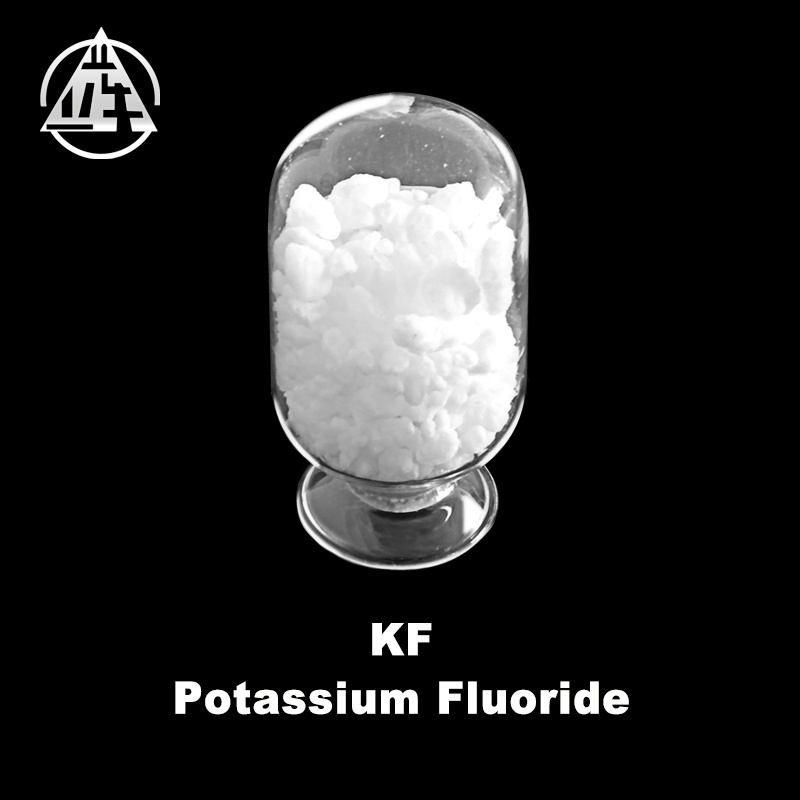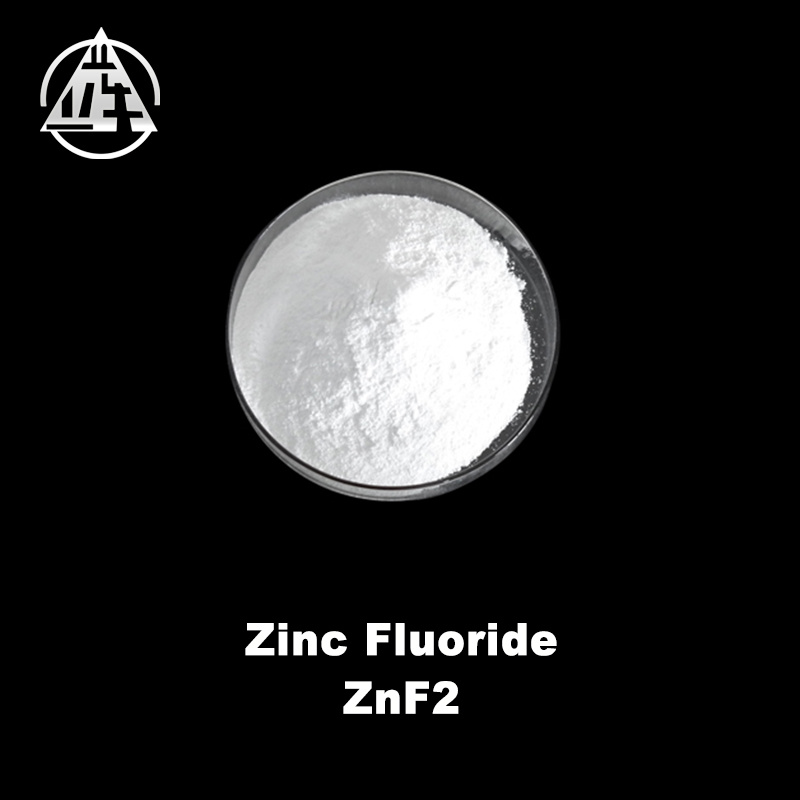Samarium Fluoride (SmF3): A Versatile Inorganic Salt in the Chemical Industry
Release Time:
2023-08-26
Introduction: Samarium fluoride (SmF3) is an essential inorganic salt widely used in the chemical industry, especially within the realm of inorganic raw materials. This article explores the versatile nature of SmF3, shedding light on its properties, synthesis techniques, and potential applications in different sectors. By delving into this topic, professionals in the chemical industry can gain val
Introduction:
Samarium fluoride (SmF3) is an essential inorganic salt widely used in the chemical industry, especially within the realm of inorganic raw materials. This article explores the versatile nature of SmF3, shedding light on its properties, synthesis techniques, and potential applications in different sectors. By delving into this topic, professionals in the chemical industry can gain valuable insights into the significance and potential benefits of utilizing samarium fluoride in their respective fields.
1. Properties of Samarium Fluoride (SmF3):
Samarium fluoride (SmF3) is a white crystalline solid with a high melting point, making it suitable for various industrial applications. It exhibits excellent thermal stability, corrosion resistance, and electrical conductivity. The compound also possesses a high refractive index, granting it potential applications in optical devices.
2. Synthesis Methods:
Samarium fluoride (SmF3) can be synthesized through several routes, including the reaction between samarium oxide (Sm2O3) and hydrofluoric acid (HF). Another common method involves the reaction between samarium carbonate (Sm2(CO3)3) and hydrofluoric acid (HF). These synthesis methods ensure the production of high-purity SmF3 for industrial use.
3. Applications of Samarium Fluoride (SmF3):
3.1 Catalysts: SmF3 is utilized as a catalyst in various chemical reactions, such as the synthesis of fine chemicals, pharmaceuticals, and polymers. Its catalytic properties enable the production of desired compounds with enhanced efficiency and selectivity.
3.2 Optical Materials: Due to its high refractive index and transparency in the infrared range, SmF3 finds applications in optical devices like lenses and prisms. It contributes to the production of specialized components for infrared spectroscopy, lasers, and fiber optics.
3.3 Solid-State Lighting: Samarium fluoride, when doped with other elements, can serve as a phosphor material for solid-state lighting applications. It enables the production of energy-efficient light-emitting diodes (LEDs) and fluorescent lamps with improved color rendering properties.
3.4 Nuclear Energy: SmF3 has potential importance in the nuclear energy sector. It is used as a neutron-absorbing material in control rods for regulating the fission reactions in nuclear reactors. Its excellent thermal and chemical stability makes it suitable for such demanding applications.
Conclusion:
Samarium fluoride (SmF3) stands as a versatile inorganic salt with numerous applications in the chemical industry. Its remarkable properties, diverse synthesis methods, and wide range of uses in catalysts, optical materials, solid-state lighting, and nuclear energy underline its significance in the field of inorganic raw materials. Understanding the potential of SmF3 empowers professionals in the chemical industry to explore innovative solutions and harness its benefits for their specific applications.
Samarium fluoride (SmF3) is an essential inorganic salt widely used in the chemical industry, especially within the realm of inorganic raw materials. This article explores the versatile nature of SmF3, shedding light on its properties, synthesis techniques, and potential applications in different sectors. By delving into this topic, professionals in the chemical industry can gain valuable insights into the significance and potential benefits of utilizing samarium fluoride in their respective fields.
1. Properties of Samarium Fluoride (SmF3):
Samarium fluoride (SmF3) is a white crystalline solid with a high melting point, making it suitable for various industrial applications. It exhibits excellent thermal stability, corrosion resistance, and electrical conductivity. The compound also possesses a high refractive index, granting it potential applications in optical devices.
2. Synthesis Methods:
Samarium fluoride (SmF3) can be synthesized through several routes, including the reaction between samarium oxide (Sm2O3) and hydrofluoric acid (HF). Another common method involves the reaction between samarium carbonate (Sm2(CO3)3) and hydrofluoric acid (HF). These synthesis methods ensure the production of high-purity SmF3 for industrial use.
3. Applications of Samarium Fluoride (SmF3):
3.1 Catalysts: SmF3 is utilized as a catalyst in various chemical reactions, such as the synthesis of fine chemicals, pharmaceuticals, and polymers. Its catalytic properties enable the production of desired compounds with enhanced efficiency and selectivity.
3.2 Optical Materials: Due to its high refractive index and transparency in the infrared range, SmF3 finds applications in optical devices like lenses and prisms. It contributes to the production of specialized components for infrared spectroscopy, lasers, and fiber optics.
3.3 Solid-State Lighting: Samarium fluoride, when doped with other elements, can serve as a phosphor material for solid-state lighting applications. It enables the production of energy-efficient light-emitting diodes (LEDs) and fluorescent lamps with improved color rendering properties.
3.4 Nuclear Energy: SmF3 has potential importance in the nuclear energy sector. It is used as a neutron-absorbing material in control rods for regulating the fission reactions in nuclear reactors. Its excellent thermal and chemical stability makes it suitable for such demanding applications.
Conclusion:
Samarium fluoride (SmF3) stands as a versatile inorganic salt with numerous applications in the chemical industry. Its remarkable properties, diverse synthesis methods, and wide range of uses in catalysts, optical materials, solid-state lighting, and nuclear energy underline its significance in the field of inorganic raw materials. Understanding the potential of SmF3 empowers professionals in the chemical industry to explore innovative solutions and harness its benefits for their specific applications.



